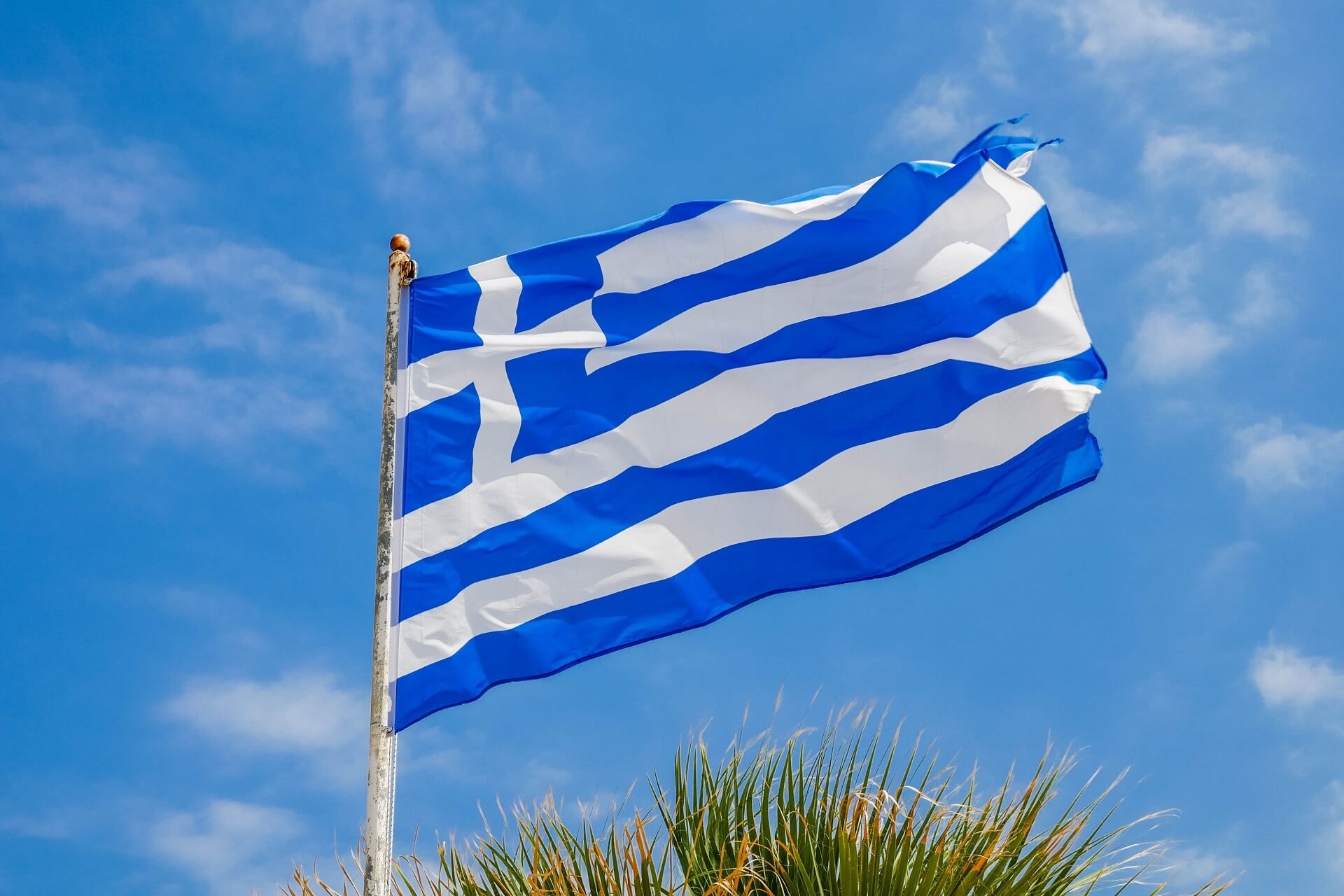
The Greek flag or Blue and White (Greek: Γαλανόλευκη) is one of the most recognizable national symbols in the world, representing the country of Greece and its rich history and culture. The flag features a blue and white cross on a field of deep blue, and has been used as the official flag of Greece since the late 19th century.
The origins of the Greek flag can be traced back to the 1820s, during the War of Greek Independence against the Ottoman Empire. At that time, various Greek revolutionary groups used different flags, but a blue and white cross became a common symbol of the struggle for independence. This design was later adopted as the official flag of the new Greek state after independence was achieved in 1832.
The blue and white cross on the flag is meant to represent the Greek Orthodox Church, which has played a central role in the country’s history and culture. The blue field represents the Aegean Sea and the skies over Greece, while the white cross symbolizes the Greek people’s faith and hope for a bright future.
In addition to its historical and cultural significance, the Greek flag is also a symbol of Greece’s modern-day identity. It is displayed proudly at official events, on government buildings, and on the mast of every Greek navy ship. The flag is also a popular symbol for Greeks abroad, serving as a reminder of their heritage and connection to their homeland.
Despite its long history, the Greek flag has undergone very few changes over the years. The most notable change was made in 1975, when the cross was slightly altered to make it more symmetrical. However, the basic design and color scheme have remained largely unchanged, and the flag remains an instantly recognizable symbol of Greece to this day.
In conclusion, the Greek flag is a proud symbol of Greece’s rich history and culture, representing the country and its people both at home and abroad. Whether displayed at official events, on government buildings, or in the hearts of Greeks everywhere, the blue and white cross on a field of deep blue remains a timeless symbol of Greek pride and heritage.













